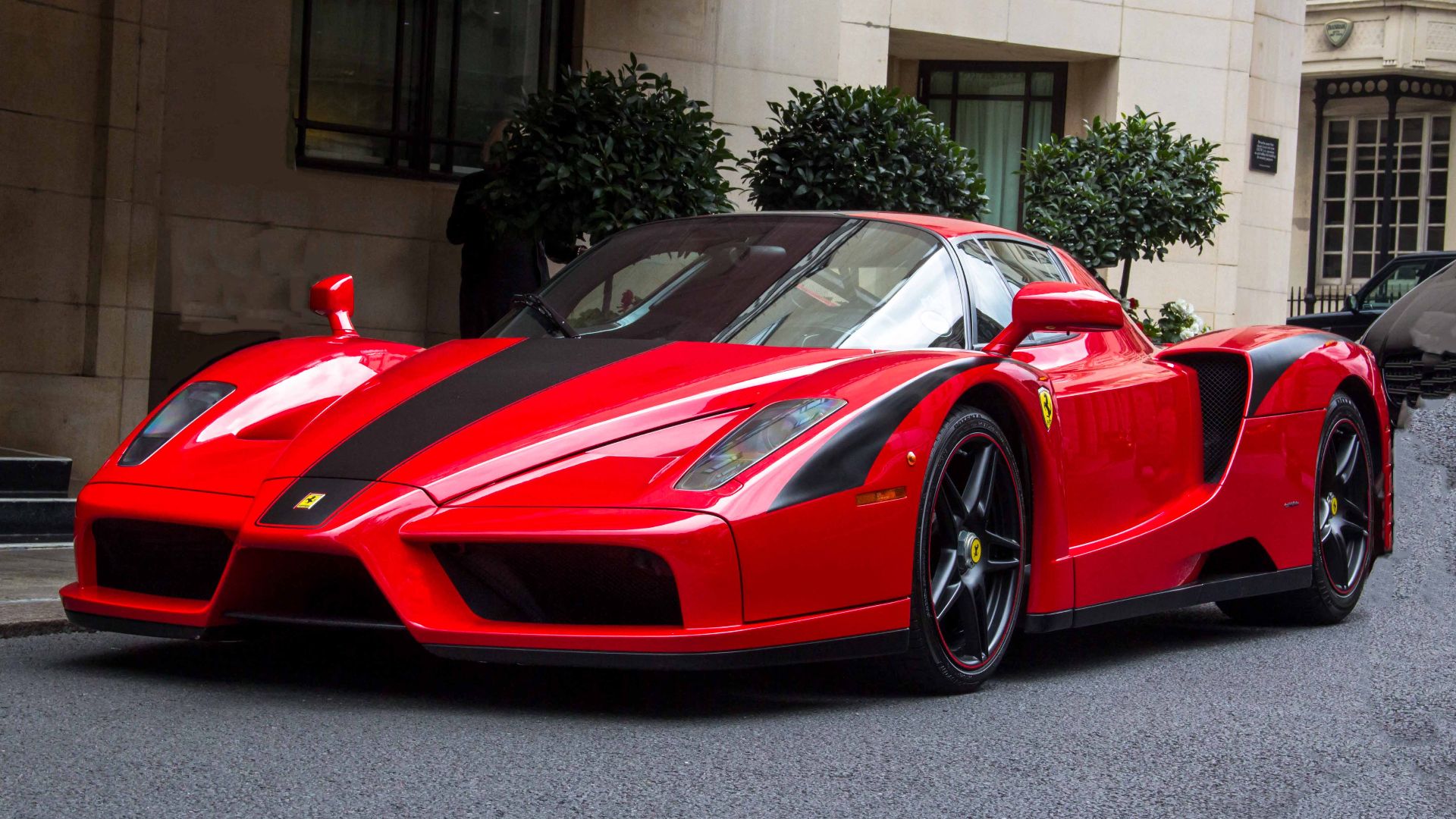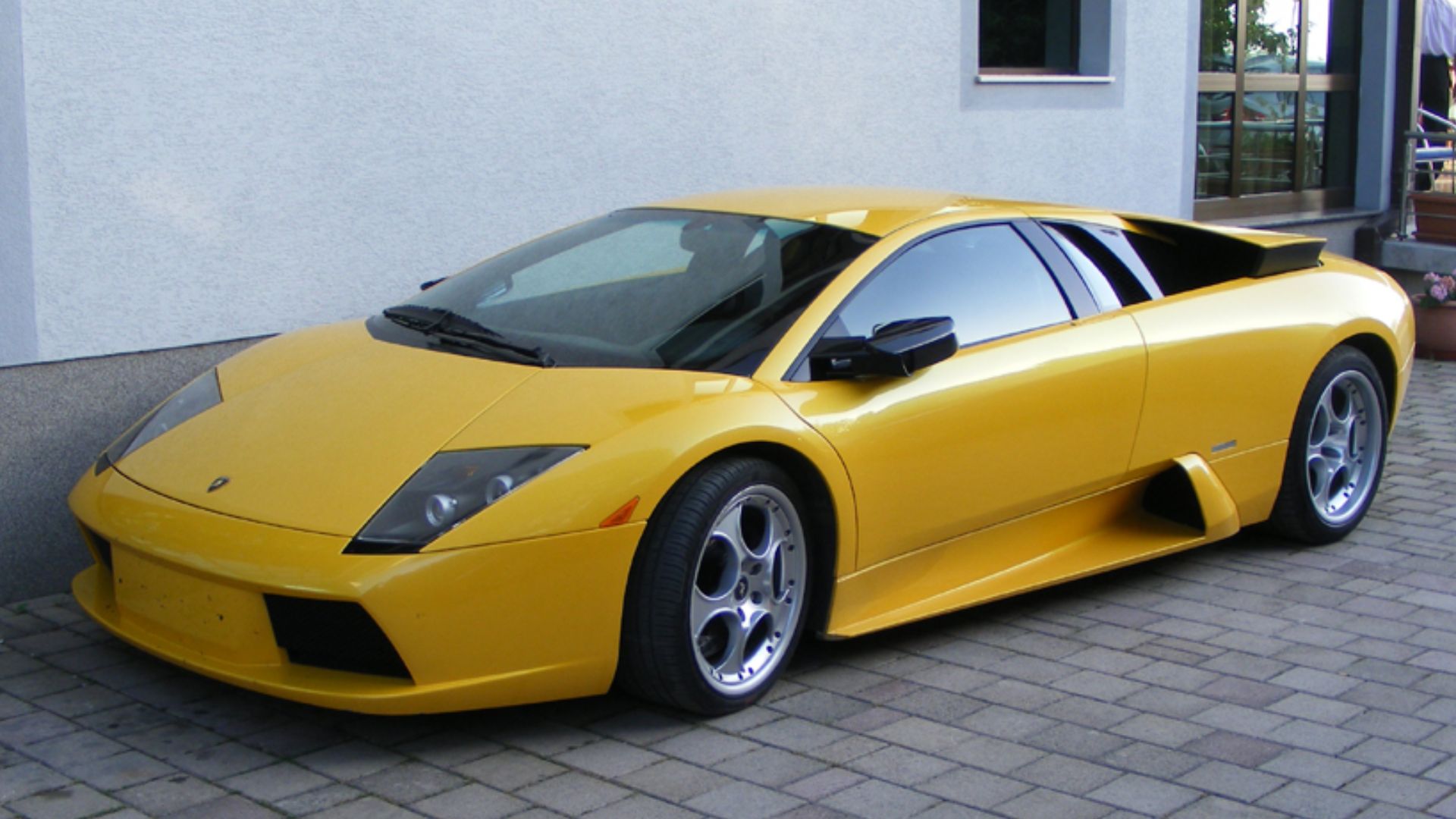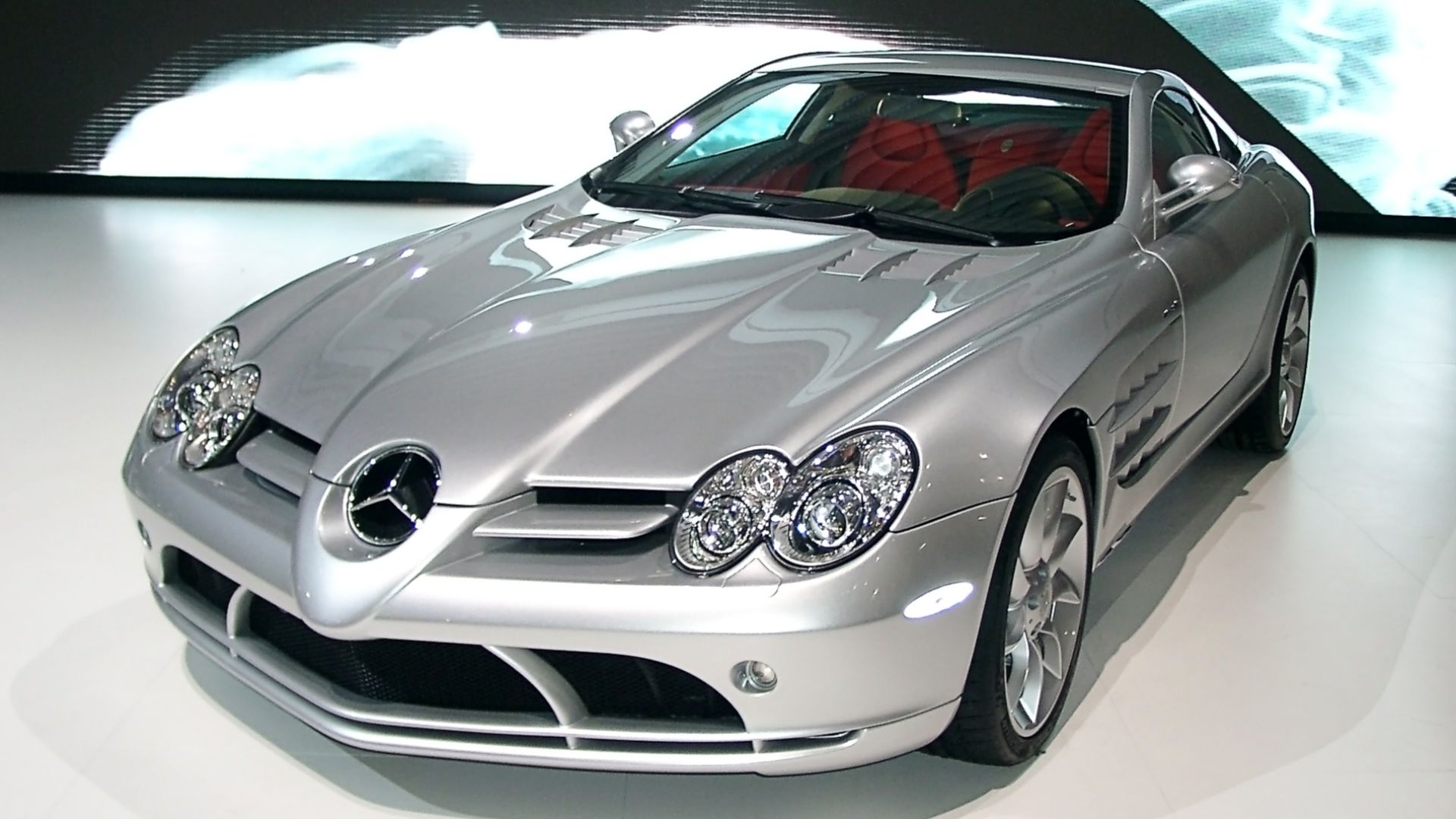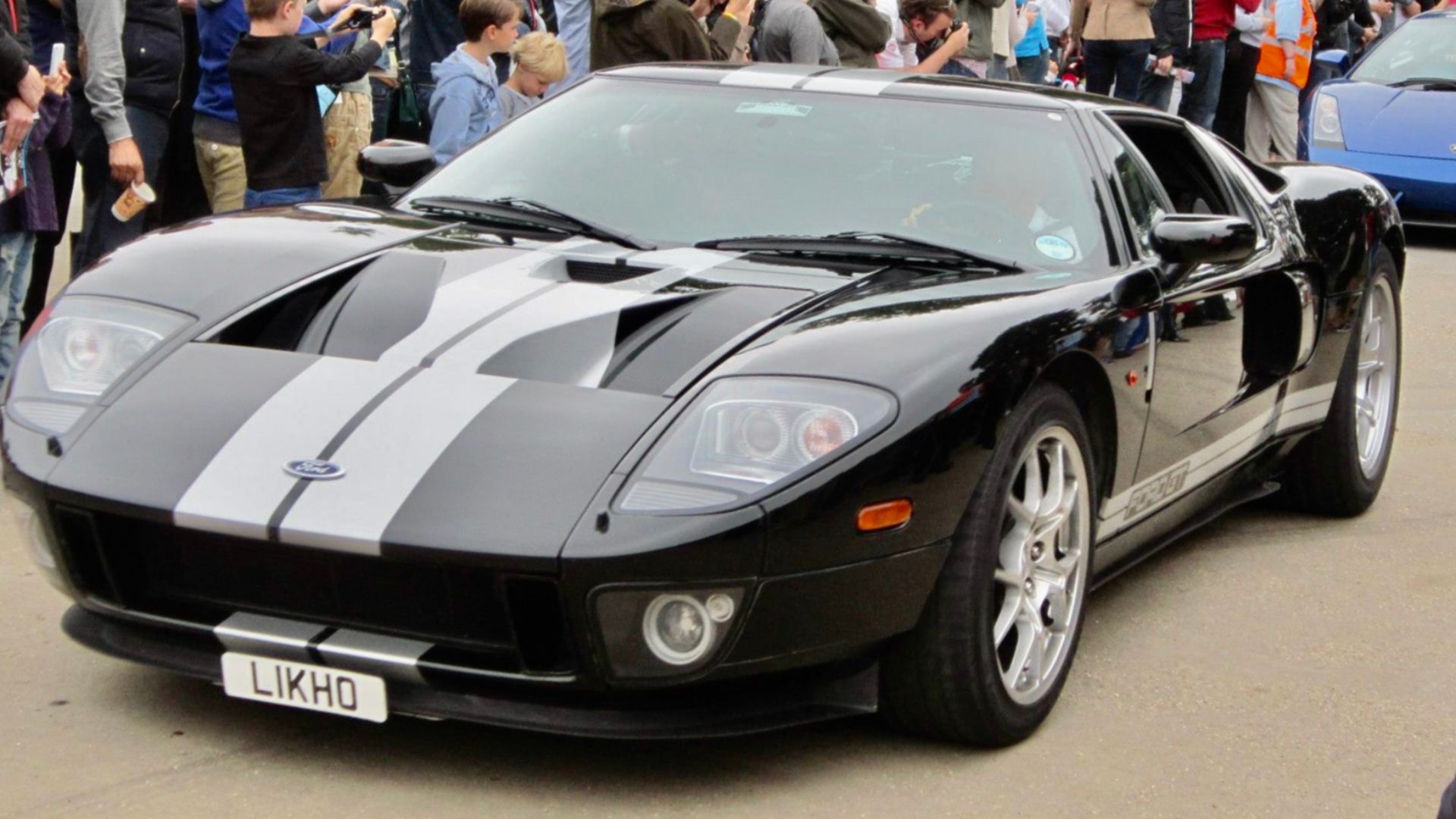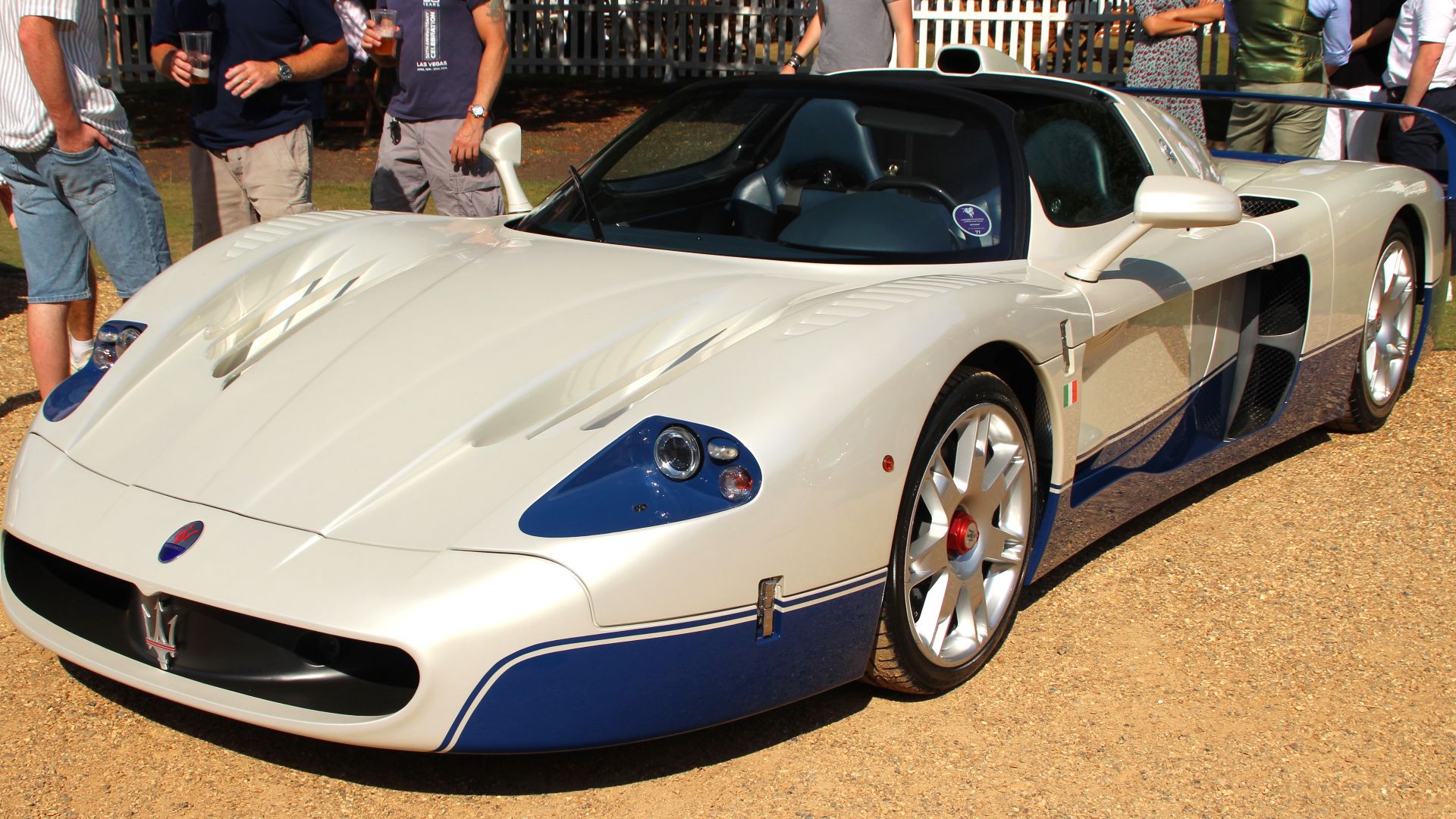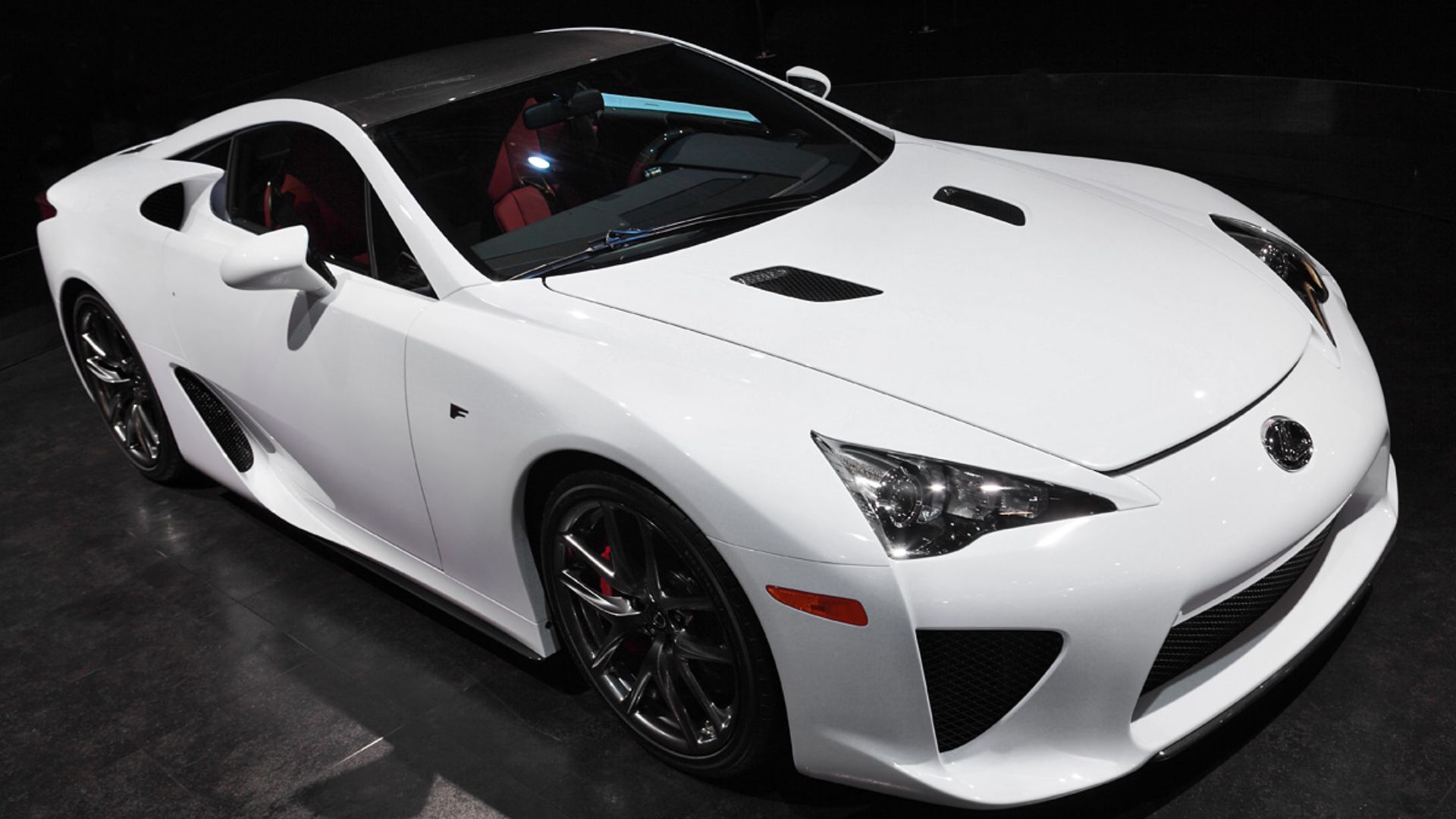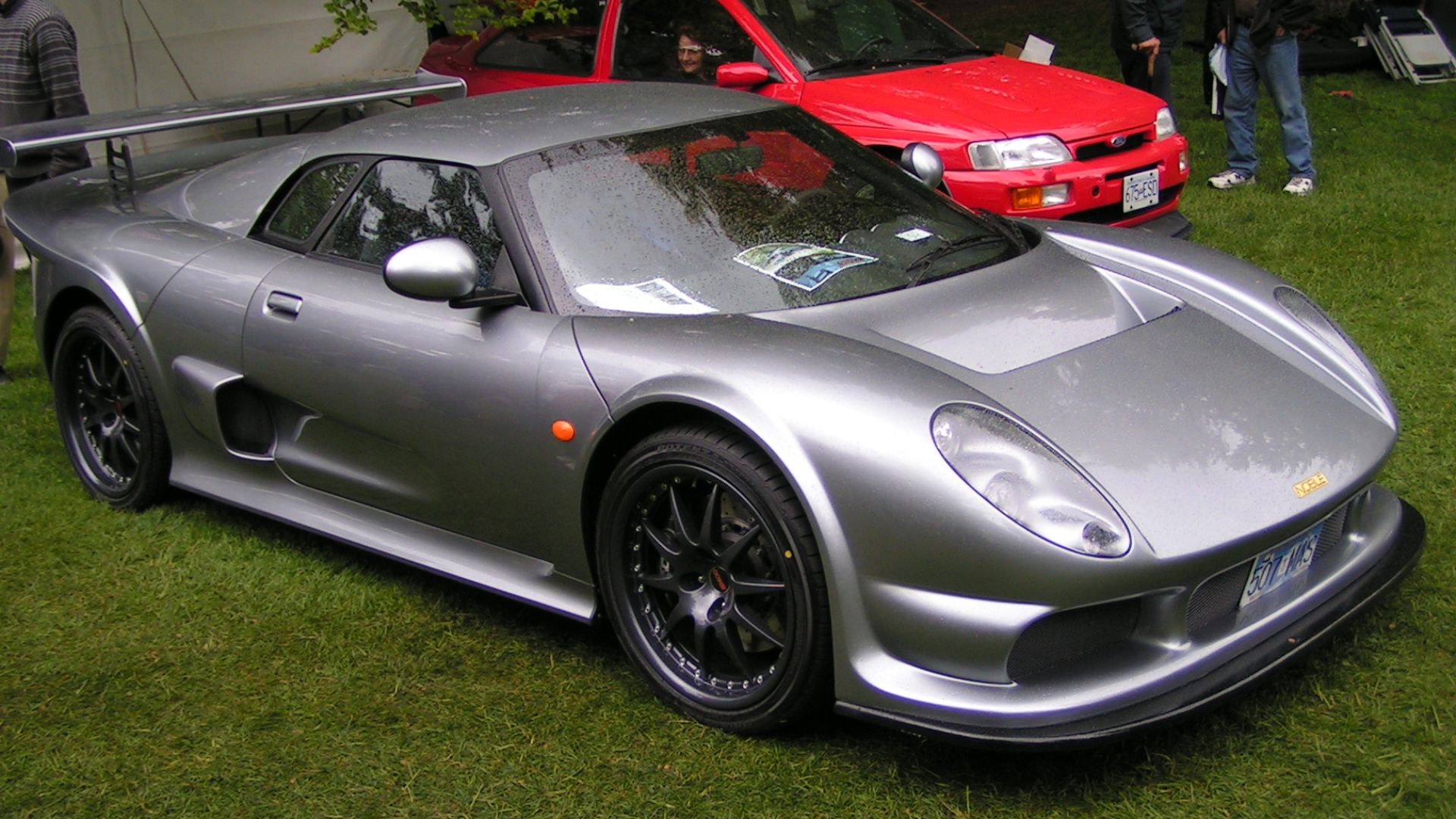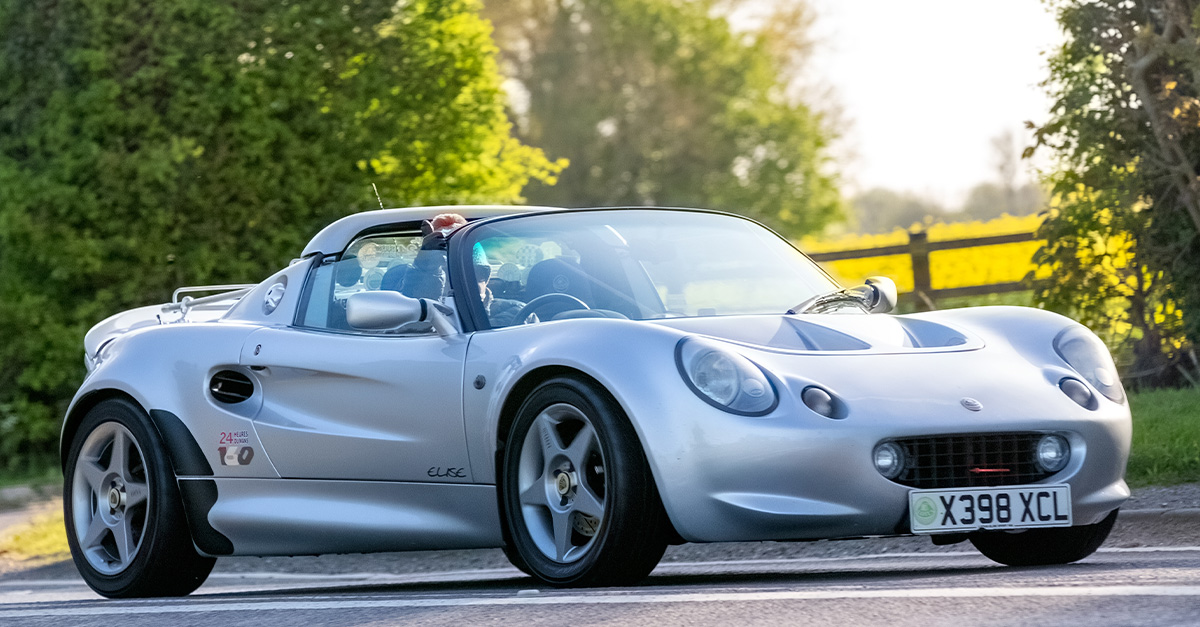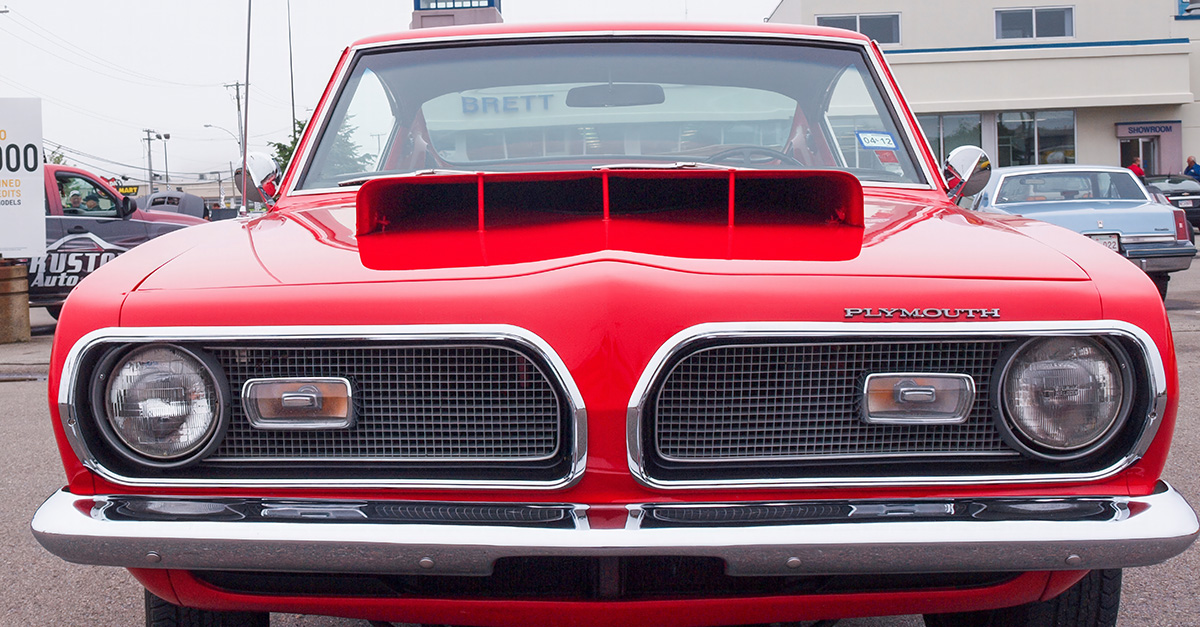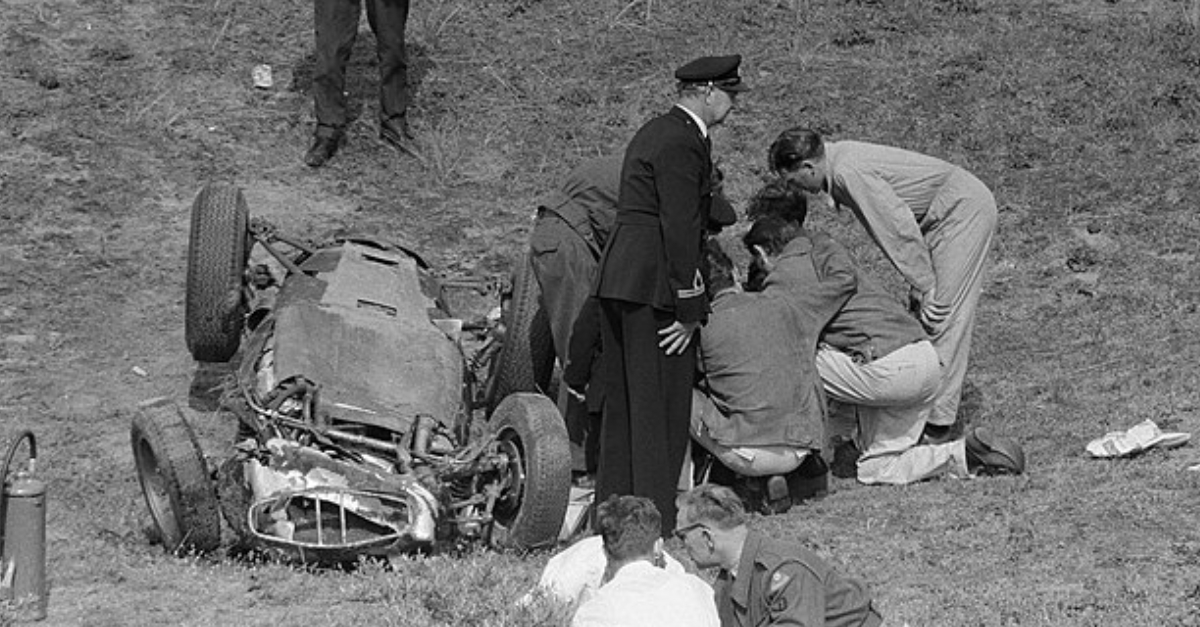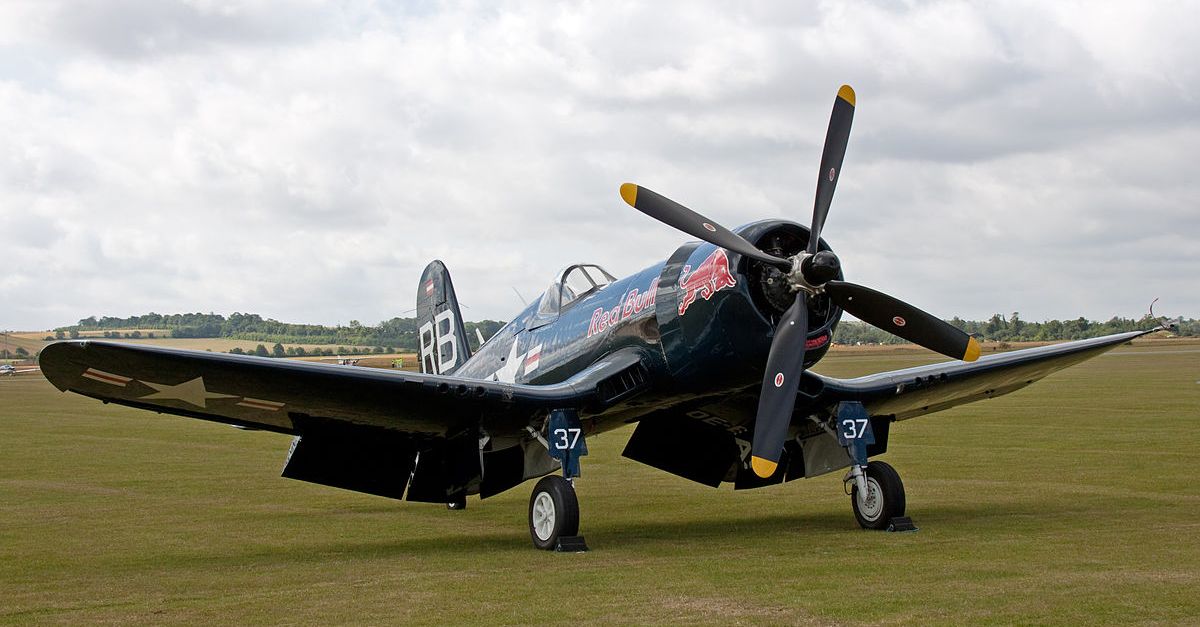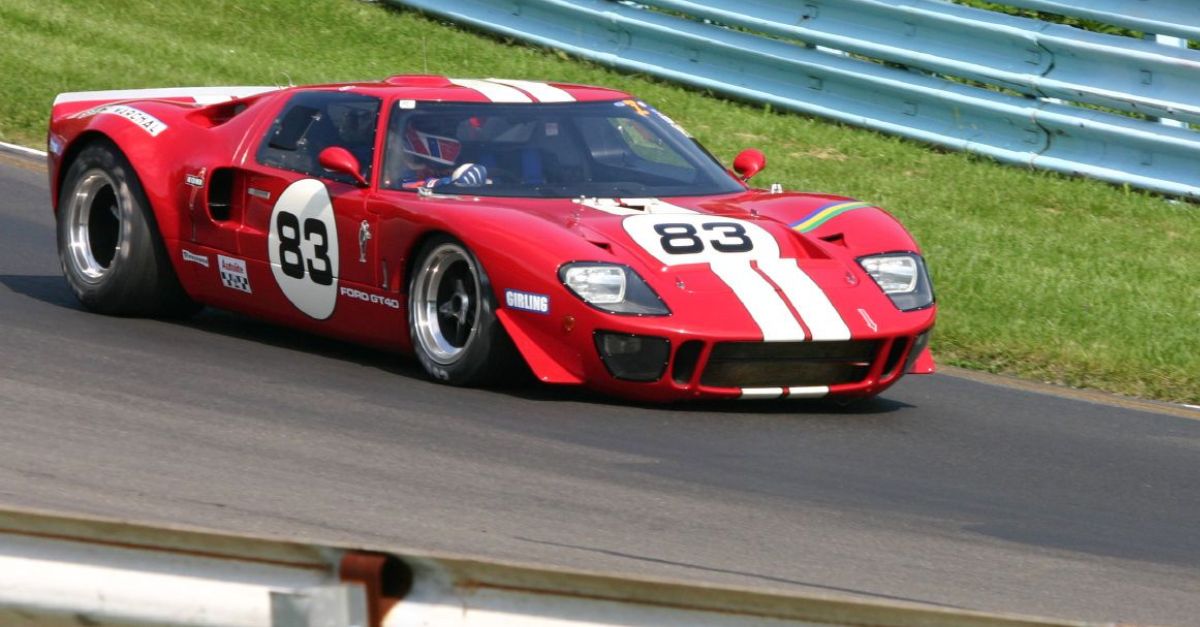The Golden Age of Speed
The 2000s marked a renaissance for supercars. Fuelled by rapid advancements in performance engineering, design, and materials, this era gave birth to vehicles that were not only mechanically formidable but also emotionally stirring. These were cars that pushed the boundaries of what was possible—on the road and in the imagination.
![]()
Ferrari Enzo (2002)
A tribute to Enzo Ferrari himself, the Enzo was a showcase of F1 technology in a road car. Its 6.0L V12 engine produced 651 hp and 485 lb-ft of torque. The Enzo could hit 60 mph in just 3.1 seconds with a carbon-fiber body and lightning-quick paddle-shift transmission. Its top speed? A blistering 218 mph, making it one of Ferrari’s fastest ever.
Lamborghini Murciélago (2001)
Successor to the Diablo, the Murciélago marked a new era under Audi. Its 6.2L V12 engine developed 572 hp and 479 lb-ft of torque, with later LP640 models increasing power to 631 hp. It reached 60 mph in 3.8 seconds and topped out at 205 mph, thanks to its low-slung aerodynamics and AWD system that kept all that rage in check.
Bugatti Veyron 16.4 (2005)
With 1,001 hp and 922 lb-ft of torque from its quad-turbocharged 8.0L W16 engine, the Veyron redefined what was technically possible. It reached 60 mph in just 2.5 seconds and famously topped out at 253 mph (407 km/h), a record for a production car at the time. The Veyron was as much an engineering feat as it was a status symbol.
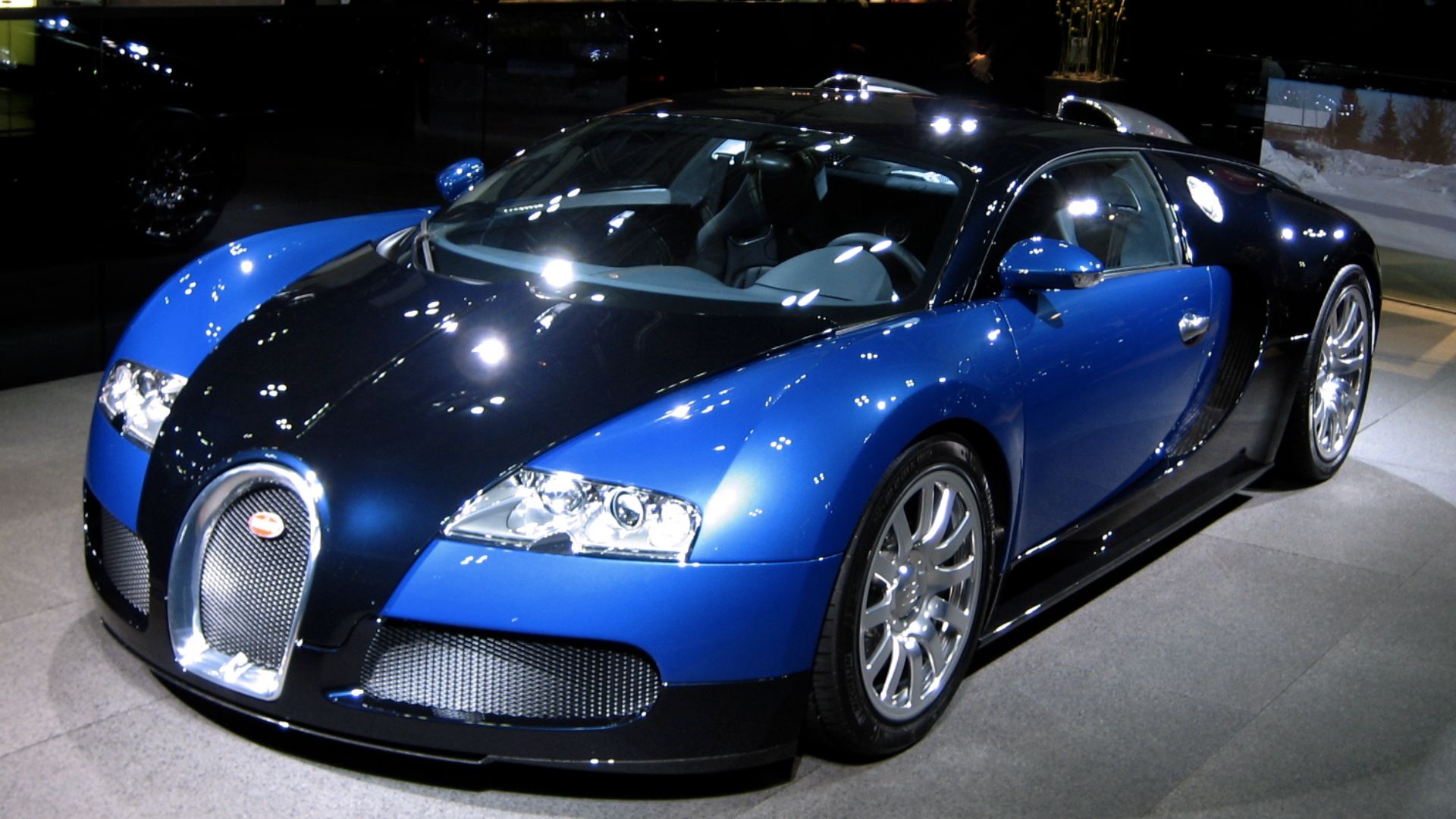 ppmfl from Tokyo, Japan, Wikimedia Commons
ppmfl from Tokyo, Japan, Wikimedia Commons
Porsche Carrera GT (2004)
The Carrera GT housed a 5.7L naturally aspirated V10 producing 603 hp and 435 lb-ft of torque. Lightweight construction, carbon-ceramic brakes, and a manual gearbox gave it a raw and rewarding driving experience. It hit 60 mph in 3.5 seconds and maxed out at 208 mph (335 km/h). It remains one of the most beloved manual supercars ever built.
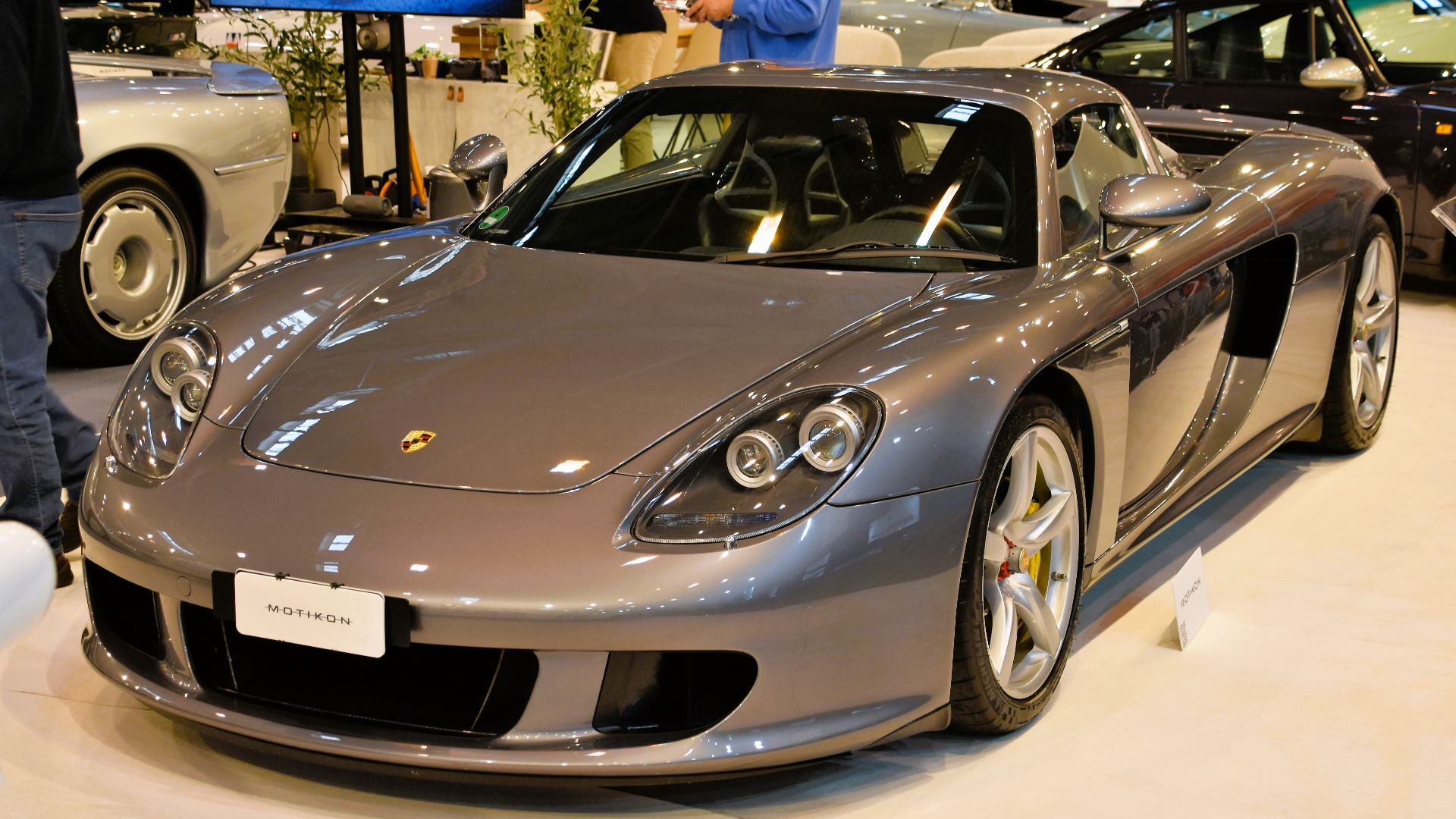 Charles from Port Chester, New York, Wikimedia Commons
Charles from Port Chester, New York, Wikimedia Commons
Mercedes-Benz SLR McLaren (2003)
Blending Mercedes luxury with McLaren’s racing DNA, the SLR came with a 5.4L supercharged V8 that cranked out 617 hp and 575 lb-ft of torque. It could reach 60 mph in 3.4 seconds and had a top speed of 208 mph (334 km/h). Despite its GT leanings, the SLR's carbon-fiber tub and high-speed stability made it a true supercar.
Ford GT (2005)
Echoing the spirit of the GT40, the 2005 GT had a 5.4L supercharged V8 that pumped out 550 hp and 500 lb-ft of torque. It did 0–60 in 3.3 seconds and hit a top speed of 205 mph (330 km/h). The Ford GT was more than nostalgia—it was a world-class performer that reignited America’s supercar fire.
Pagani Zonda F (2005)
The Zonda F featured a 7.3L naturally aspirated AMG V12 making 602 hp and 560 lb-ft of torque. Mated to a lightweight carbon chassis, it surged to 60 mph in 3.6 seconds and reached a top speed of 214 mph (344 km/h). Every detail, from its titanium bolts to its outrageous exhaust note, made it unforgettable.
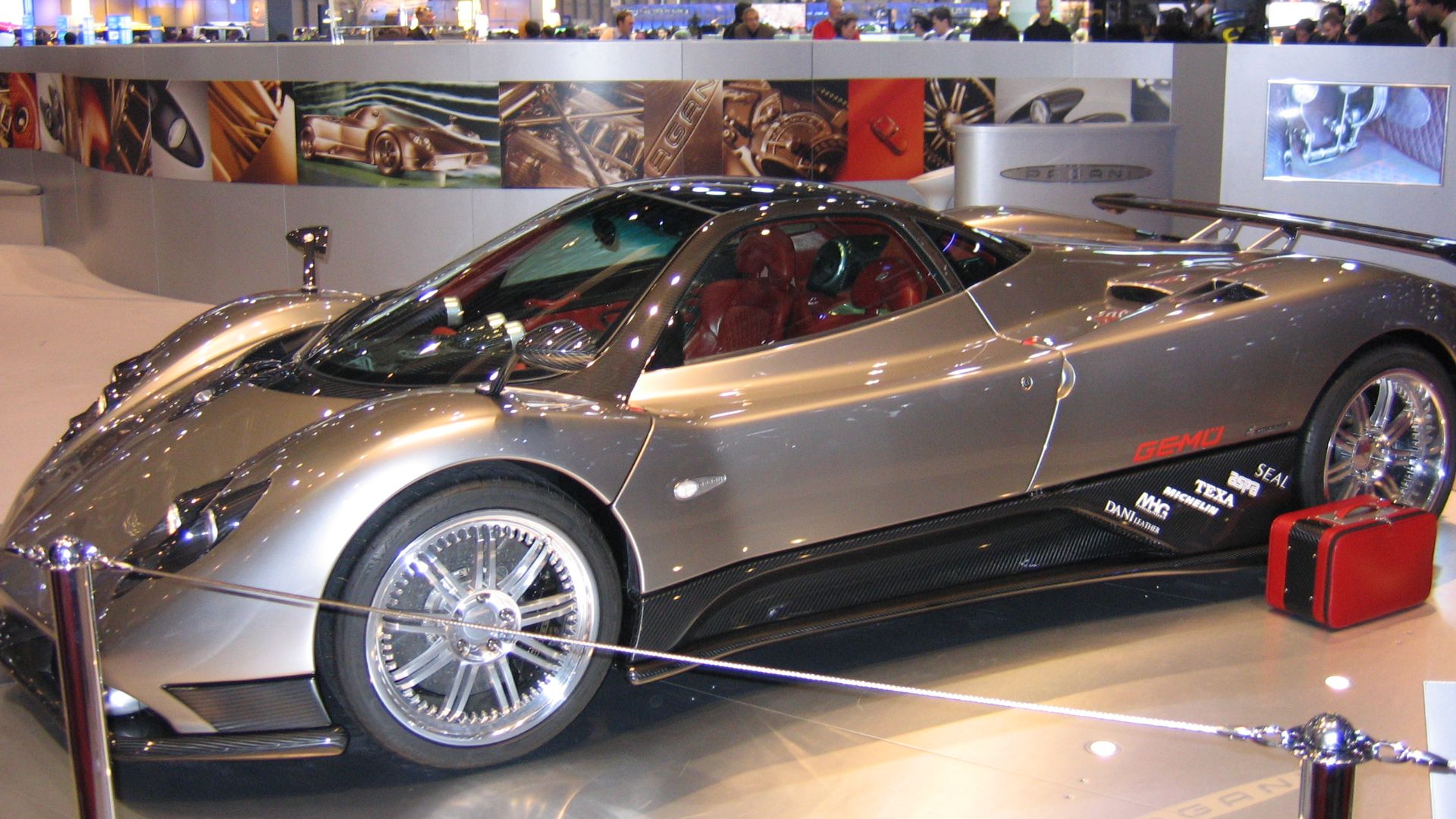 Norbert Aepli, Switzerland (User:Noebu), Wikimedia Commons
Norbert Aepli, Switzerland (User:Noebu), Wikimedia Commons
Ferrari 430 Scuderia (2007)
Designed with input from Michael Schumacher, the Scuderia improved upon the F430’s already stellar formula. Its 4.3L V8 was tuned to 503 hp and 347 lb-ft of torque. It sprinted to 60 mph in just 3.3 seconds, topping out at 198 mph (319 km/h). Lighter, faster, and louder, it was the perfect distillation of Ferrari’s track passion.
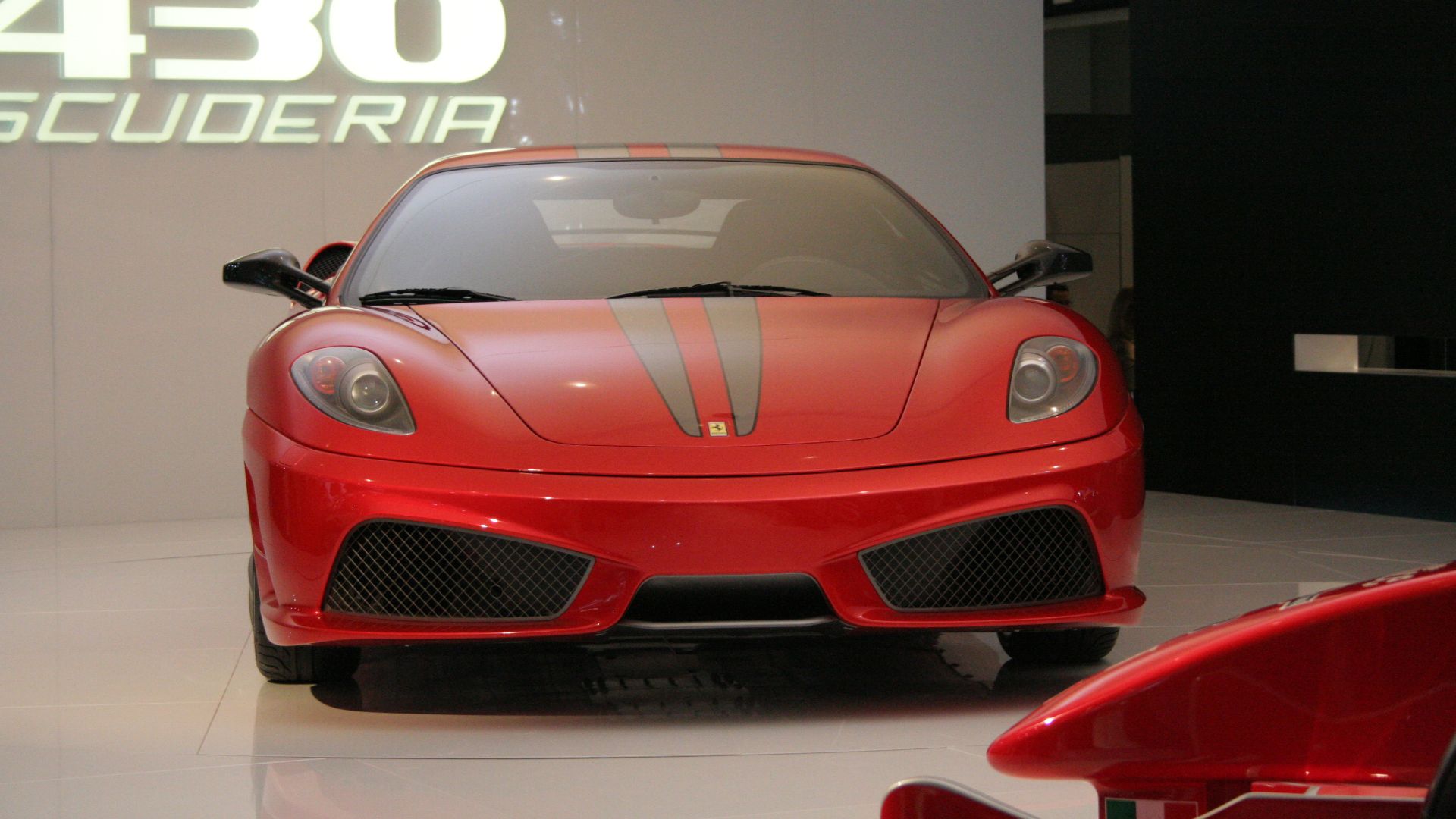 Marcin Cieślak (Saper), Wikimedia Commons
Marcin Cieślak (Saper), Wikimedia Commons
Lamborghini Gallardo (2003)
The Gallardo featured a 5.0L V10 that initially delivered 493 hp, eventually rising to 562 hp in the LP560-4. It reached 60 mph in 4.2 seconds (3.7 seconds in later models) and had a top speed of up to 202 mph (325 km/h). With over 14,000 units sold, it was Lamborghini’s most successful model to date.
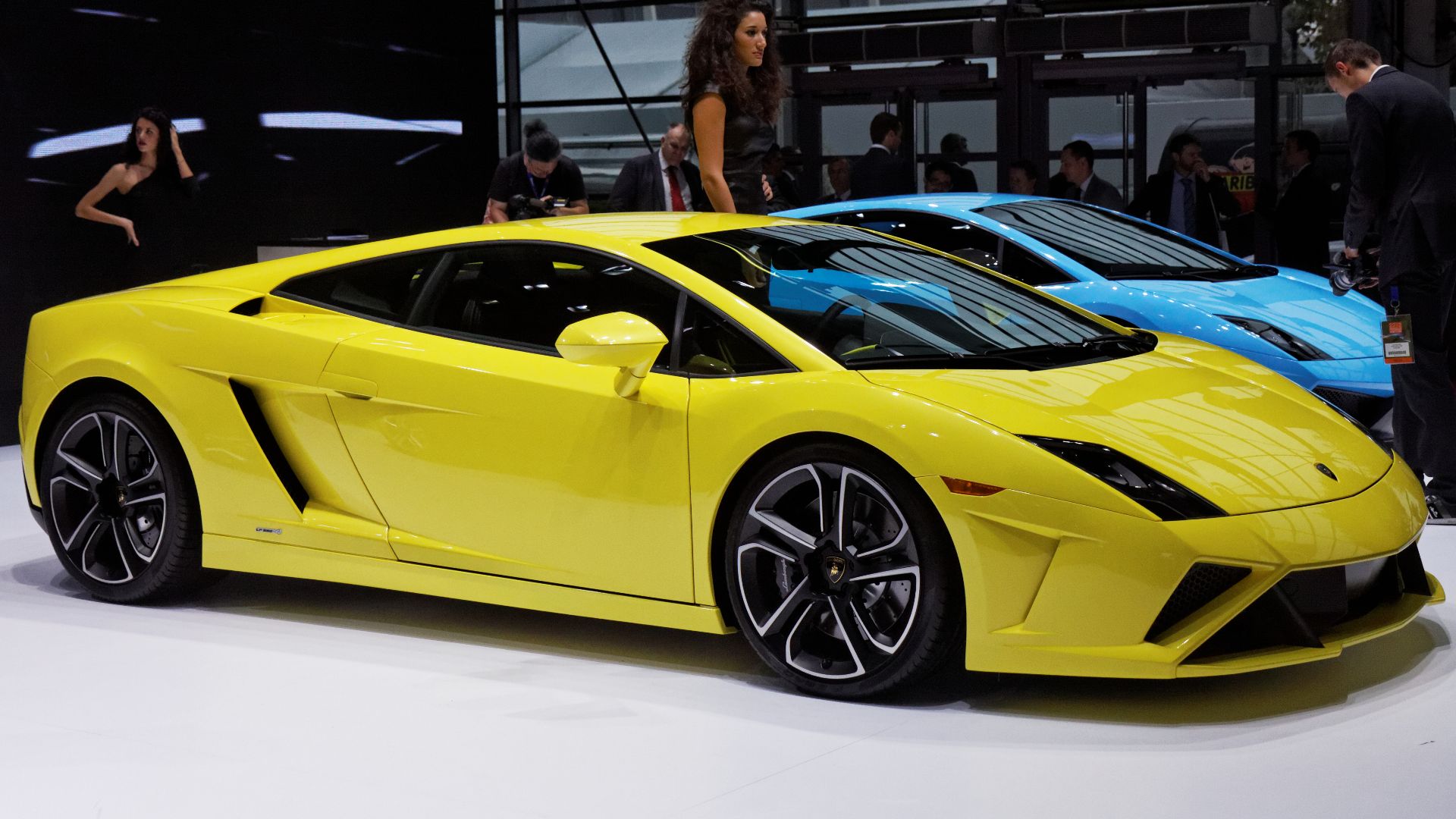 Thesupermat, Wikimedia Commons
Thesupermat, Wikimedia Commons
Koenigsegg CCX (2006)
This Swedish beast sported a 4.7L twin-supercharged V8 producing 806 hp and 678 lb-ft of torque. With a carbon fiber monocoque and active aerodynamics, the CCX hit 60 mph in 3.2 seconds and maxed out at 245 mph (394 km/h). It was designed to meet global homologation, making it Koenigsegg’s first true world car.
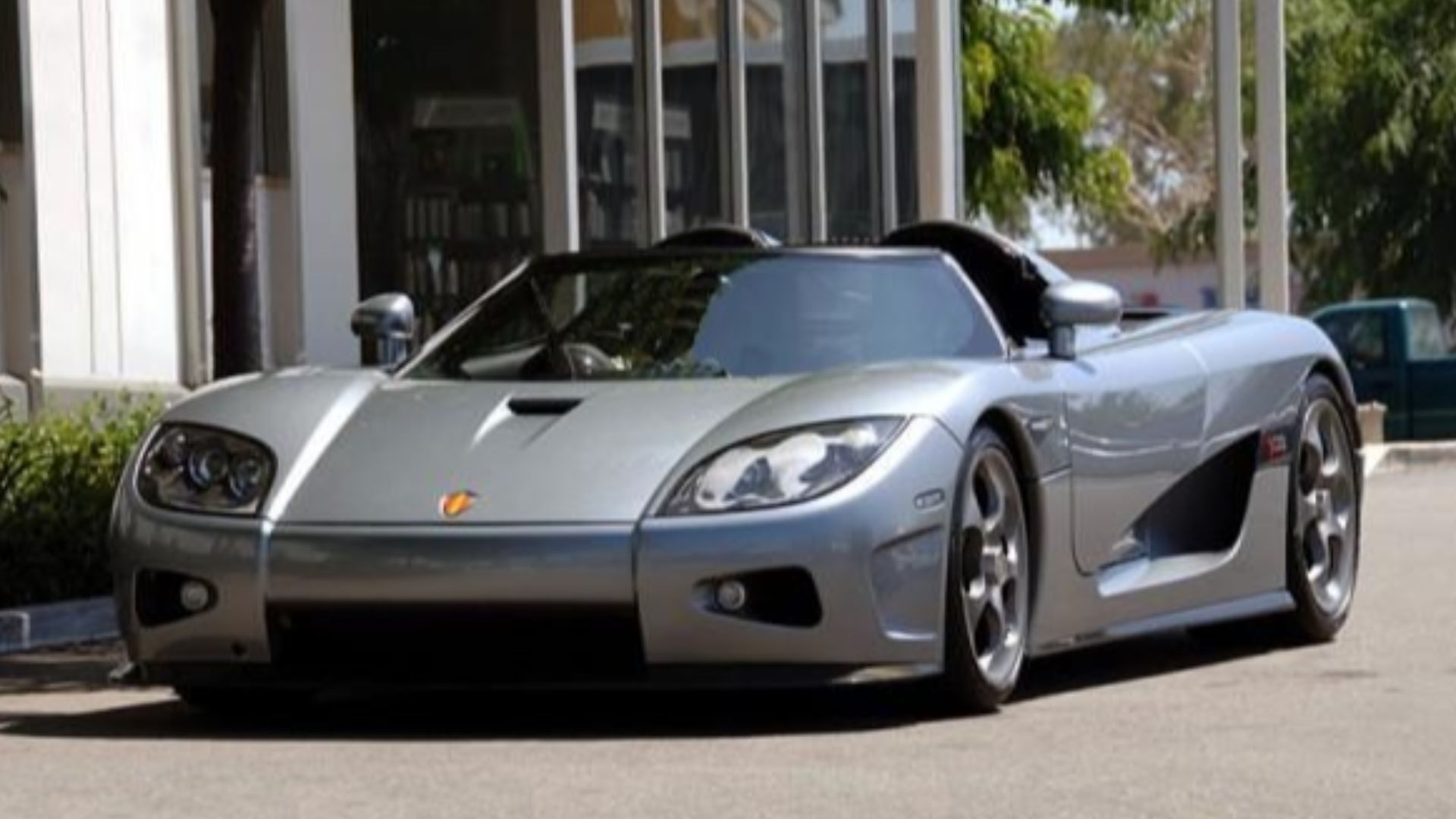 No machine-readable author provided. Alfonso
No machine-readable author provided. Alfonso
Aston Martin Vanquish S (2004)
The Vanquish S improved on its predecessor with a 5.9L V12 outputting 520 hp and 425 lb-ft of torque. It sprinted from 0–60 mph in 4.8 seconds and reached a top speed of 200 mph (322 km/h). Though more grand tourer than track weapon, it earned its supercar stripes with elegance and power.
Maserati MC12 (2004)
The MC12 borrowed Ferrari Enzo’s V12, tuned to 621 hp and 481 lb-ft of torque. With a longer and wider body for better aerodynamic stability, it reached 60 mph in 3.7 seconds and a top speed of 205 mph (330 km/h). Built for homologation, it laid the foundation for Maserati’s racing revival.
Saleen S7 Twin Turbo (2005)
America’s answer to European exotics, the S7 TT used a twin-turbo 7.0L V8 to produce a staggering 750 hp and 700 lb-ft of torque. It roared from 0–60 in 2.8 seconds and reached a mind-bending 248 mph (399 km/h). It was brutally fast and surprisingly composed on track and road alike.
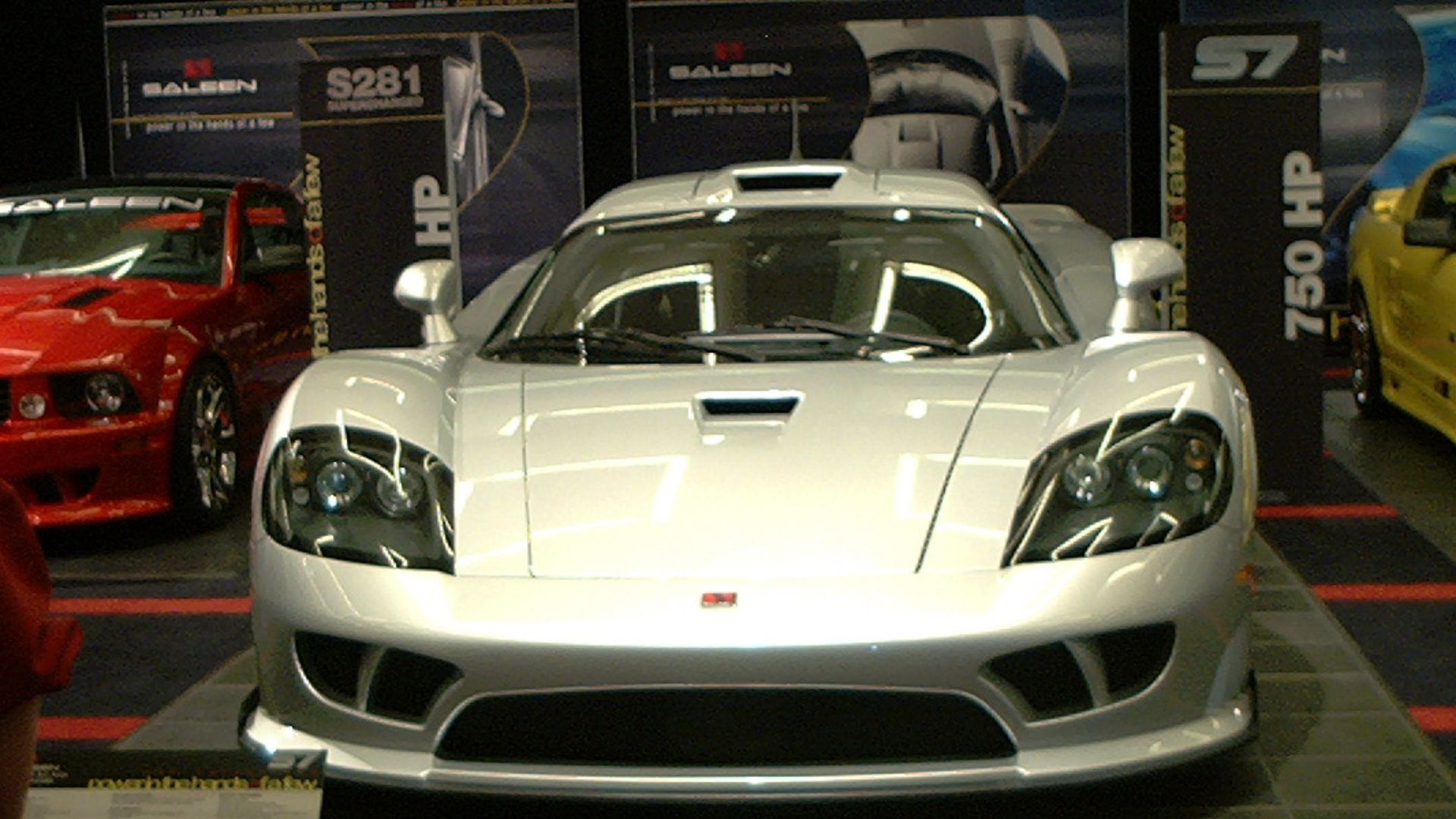 No machine-readable author provided. Covinan assumed (based on copyright claims)., Wikimedia Commons
No machine-readable author provided. Covinan assumed (based on copyright claims)., Wikimedia Commons
Lexus LFA (Prototype: 2009, Release: 2010)
Developed throughout the 2000s, the LFA's 4.8L V10 made 553 hp and 354 lb-ft of torque. It screamed to 9,000 rpm and could hit 60 mph in 3.6 seconds with a top speed of 202 mph (325 km/h). The carbon fiber construction and acoustic tuning made it one of the most unique supercars of its era.
Noble M400 (2004)
A featherweight track-focused missile, the M400 featured a twin-turbocharged 3.0L Ford V6 delivering 425 hp and 390 lb-ft. Weighing just 2,300 lbs, it rocketed to 60 mph in 3.2 seconds and had a top speed of 185 mph (298 km/h). No frills, no nonsense—just pure driving joy.
TVR Sagaris (2005)
Built with no traction control or ABS, the Sagaris was the wild child of the 2000s. Powered by a 4.0L inline-six with 406 hp and 349 lb-ft of torque, it hit 60 mph in 3.7 seconds and topped out at 185 mph (298 km/h). Its aggressive styling matched its hair-raising performance.
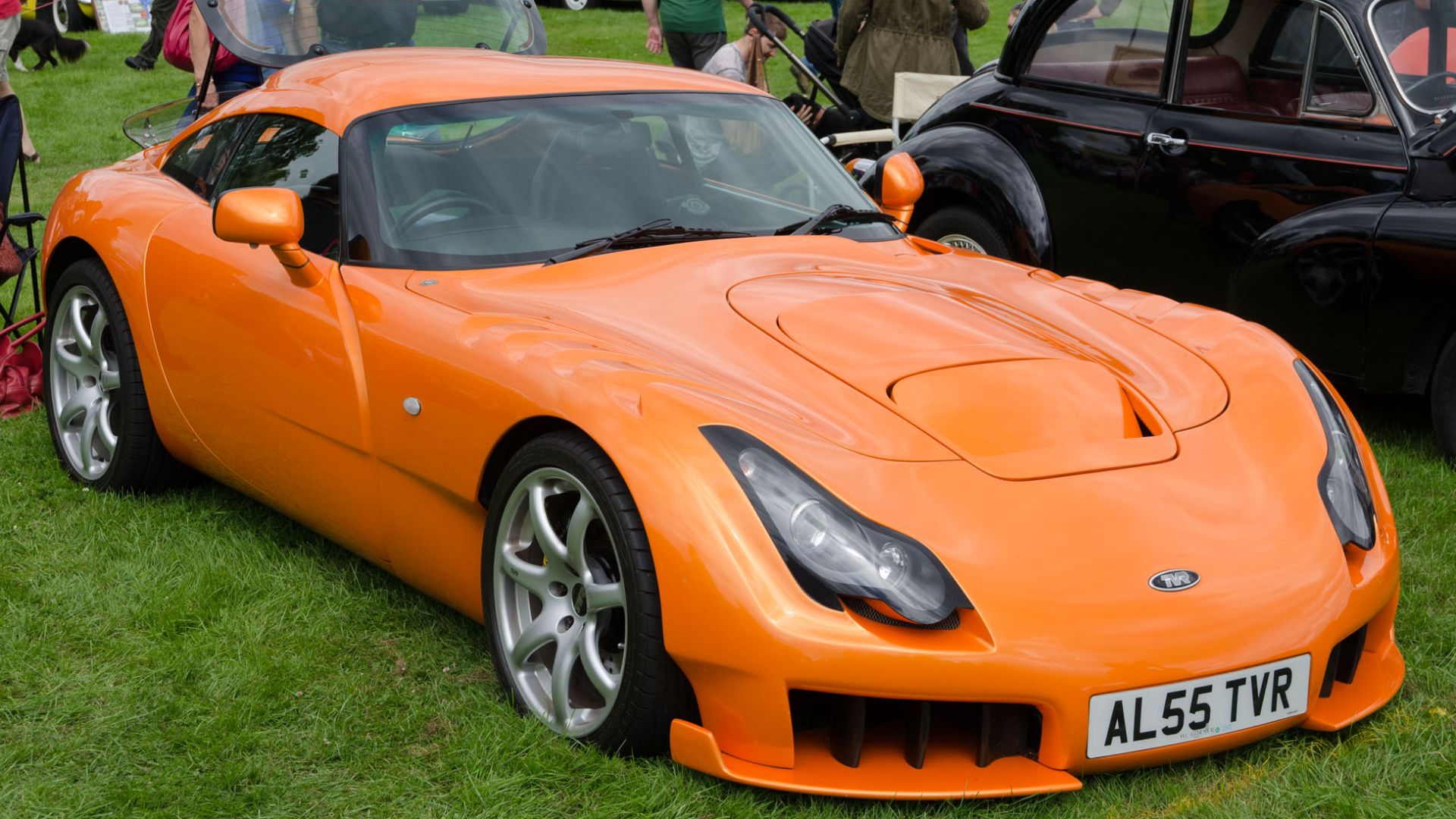 Steve Glover, Wikimedia Commons
Steve Glover, Wikimedia Commons
Spyker C8 Spyder (2000)
The C8 Spyder was powered by a 4.2L Audi V8 producing 400 hp and 354 lb-ft of torque. It reached 60 mph in 4.5 seconds and topped out at 187 mph (301 km/h). While it wasn’t the fastest, its hand-crafted cockpit and exposed gear linkage made it one of the most exotic.
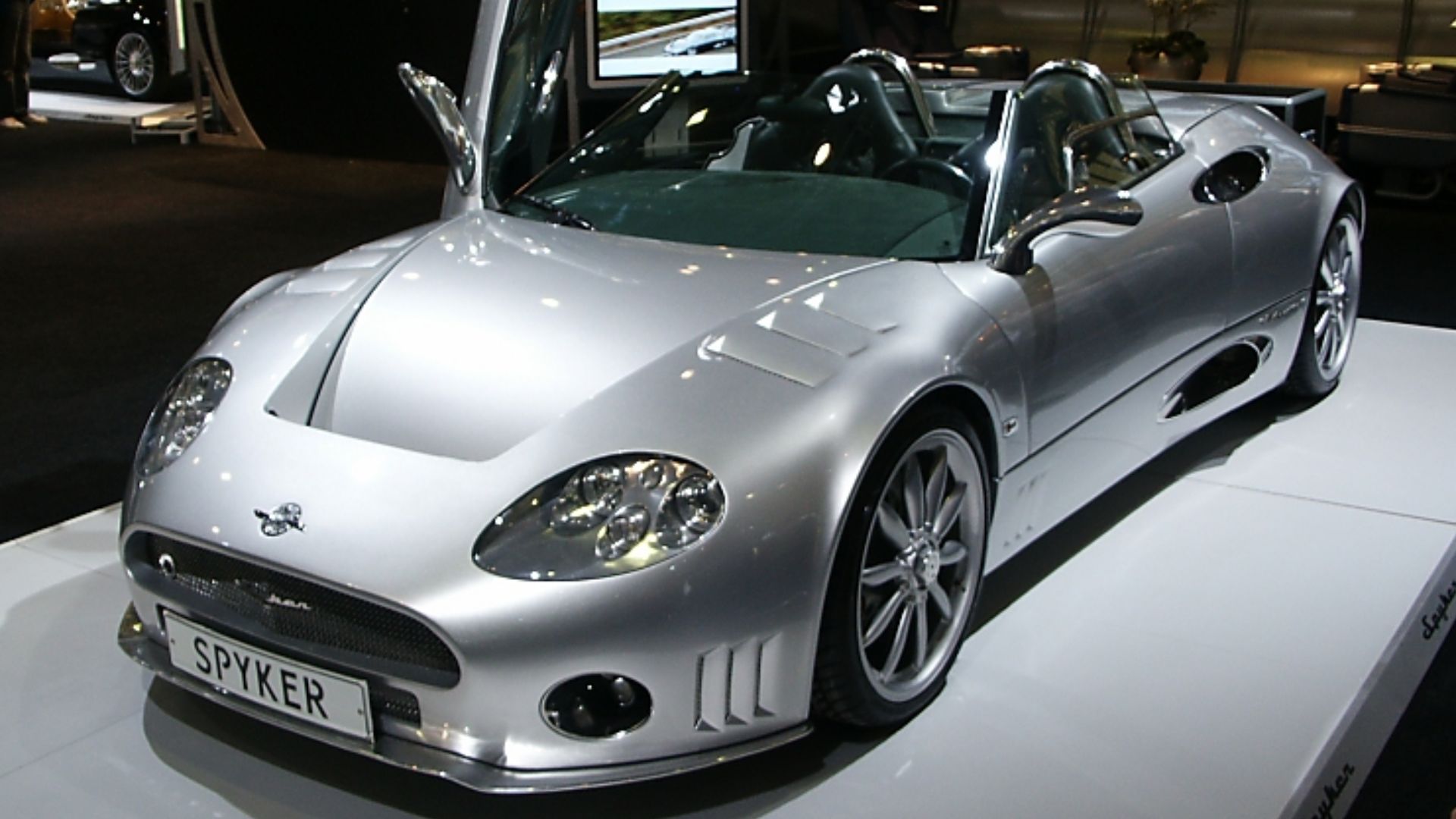 User BabyNuke on en.wikipedia, Wikimedia Commons
User BabyNuke on en.wikipedia, Wikimedia Commons
Honda NSX Type R (2002)
The NSX-R didn’t increase horsepower (still 290 hp from its 3.2L V6), but it stripped 200 lbs, stiffened the chassis, and sharpened the suspension. It reached 60 mph in 4.7 seconds and had a top speed of 168 mph (270 km/h). Precision and balance were its weapons—supercar credentials earned not through brute force, but brilliance.
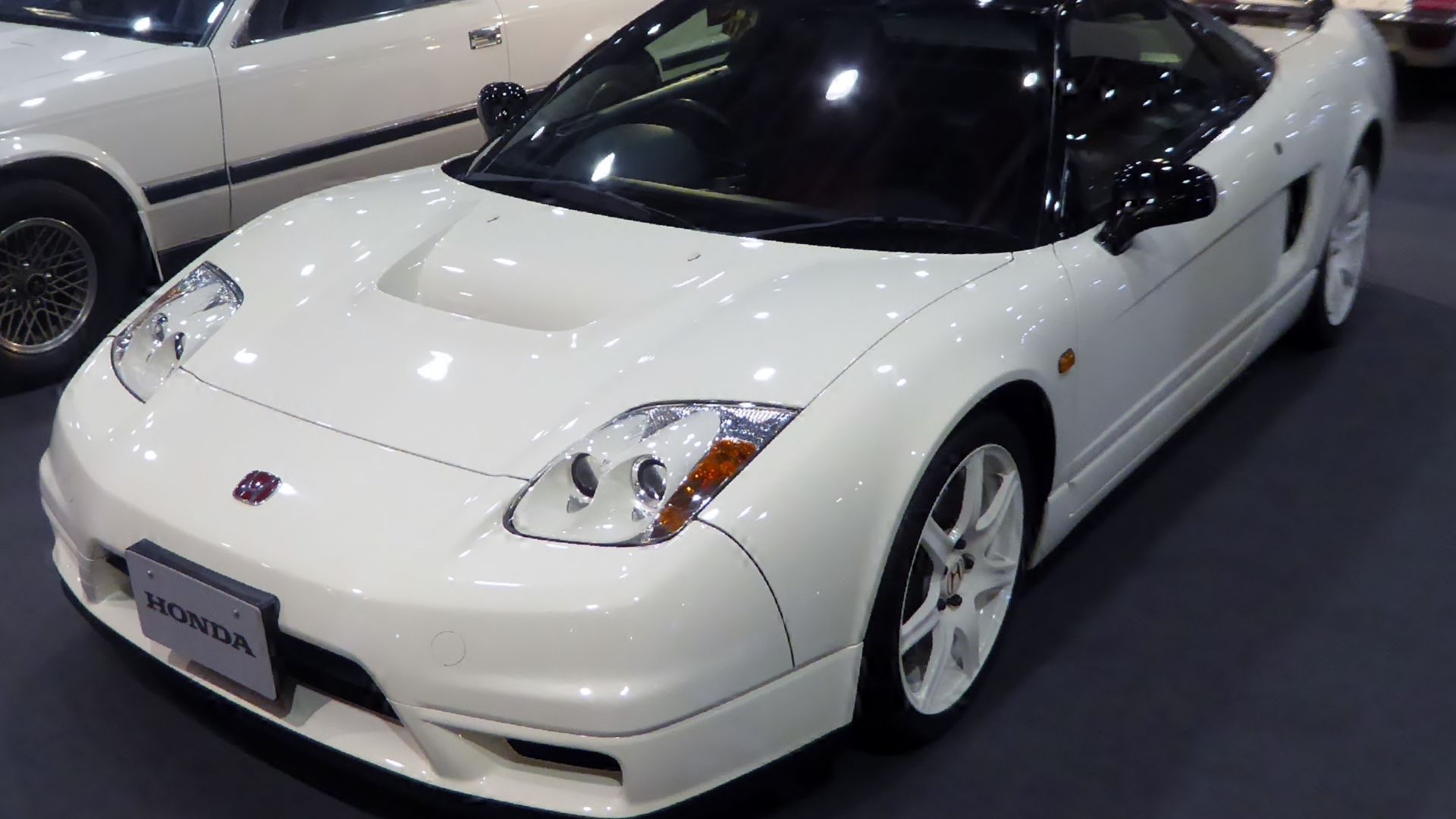 Tokumeigakarinoaoshima, Wikimedia Commons
Tokumeigakarinoaoshima, Wikimedia Commons
Their Legacies Live On
The 2000s were a defining decade for supercars. With combinations of analog purity, advanced engineering, and groundbreaking speed, these cars set the template for future performance. Their influence endures today—not just in horsepower or top speed, but in the passion they ignited for automotive excellence.
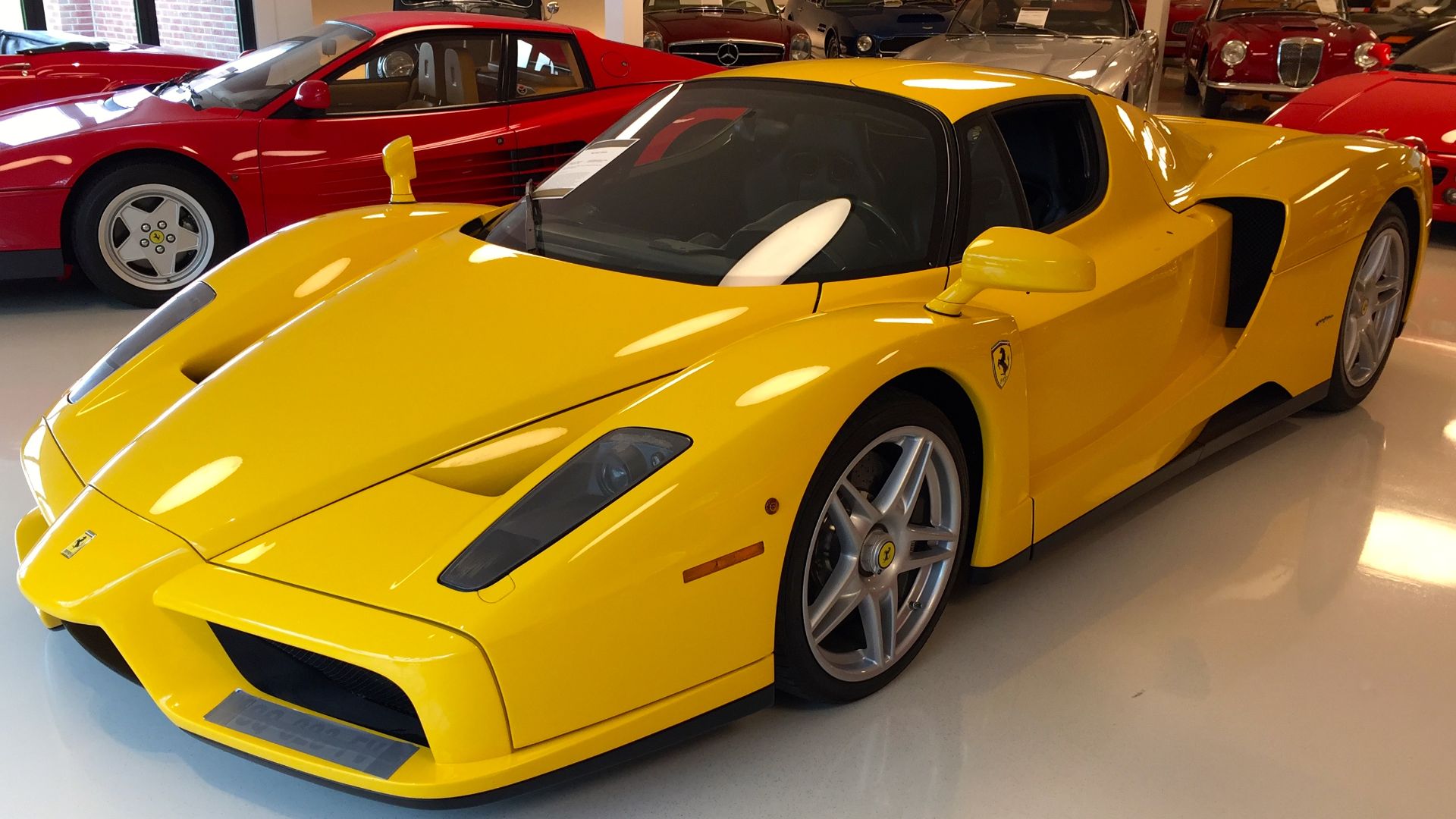 FaceMePLS from The Hague, The Netherlands, Wikimedia Commons
FaceMePLS from The Hague, The Netherlands, Wikimedia Commons
You May Also Like:

